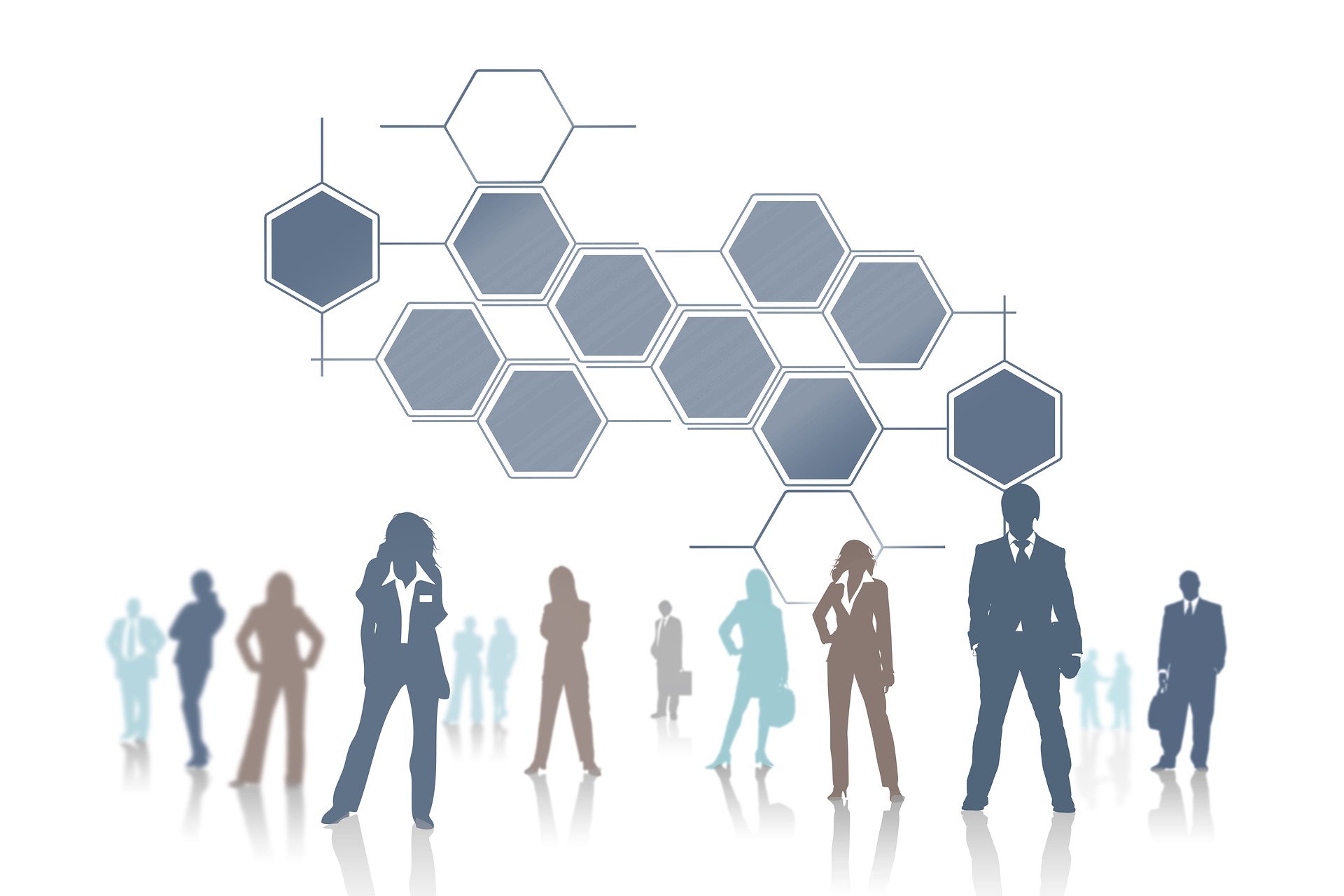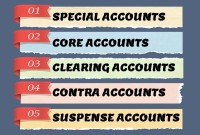- Home
- Business Processes
- Industry Knowledge
- Aerospace Industry
- Automotive Industry
- Banking Domain
- BFSI Industry
- Consumer/ FMCG Industry
- Chemicals Industry
- Engineering & Construction
- Energy Industry
- Education Domain
- Finance Domain
- Hospitality Domain
- Healthcare Industry
- Insurance Domain
- Retail Industry
- Travel and Tourism Domain
- Telecom Industry
- Leadership Skills
- eLearning
- Home
- Business Processes
- General Ledger (Record to Report)
- Organizational Elements
Organizational Elements
McKinsey 7S Framework is most often used as an organizational analysis tool to assess and monitor changes in the internal situation of an organization. The model is based on the theory that, for an organization to perform well, seven elements need to be aligned and mutually reinforcing.
McKinsey 7S Framework is most often used as an organizational analysis tool to assess and monitor changes in the internal situation of an organization. The model is based on the theory that, for an organization to perform well, following seven elements need to be aligned and mutually reinforcing:
Hard Elements - Hardware of Organizational Success
-
Strategy: The integrated vision and direction of the company
A set of actions that the company starts with and which it must maintain. Strategy is the manner in which the organization derives, articulates, communicates and implements it's vision and direction. Strategy is the purpose of the business and the way the organization seeks to enhance its competitive positioning and competitive advantage.
Strategic thinking involves the understanding of basic economics of business; identifying one’s sources of competitive advantage, and allocating resources to ensure that ones distinctive capabilities remain strong.
-
Structure - The organizational chart of the company
Structure defines how people, tasks, work is organized and represents the way business divisions and units are organized and includes the information of who is accountable to whom. In other words, structure is the organizational chart of the firm. It is also one of the most visible and easy to change elements of the framework. Structure allow the firm to focus on areas that are deemed important for its evolution. This includes division of activities; integration and coordination mechanisms. Functional superiority can only be achieved if there is enough reliability and focus within each business unit.
-
Systems - The decision making procedures of the company
Systems refer to policies and procedures that govern the way in which the organization acts within itself and its external environment. These processes and information flows link the organization together and used by staff to get the work done. This includes computer systems, operational systems, HR systems, etc., which reveal business’ daily activities and how decisions are made. Systems do not only refer to hard copy reports and procedures but also to
informal mechanisms such as meetings and conflict management routines.
Soft Elements - Software of Organizational Success
-
Style - The management style of the company
Style represents the way the company is managed by top-level managers, how they interact, what actions do they take and their symbolic value. How managers behave, leadership style, unwritten norms of behavior and organizational culture etc.
-
Staff - The employees of the company
This element is concerned with how the company develops managers (current and future) and employees. Their selection, training, reward and recognition, retention, motivation and assignment to work etc. Identifying what type and how many employees an organization will need and how they will be recruited, trained and deployed.
-
Shared Values - The key beliefs and aspirations and guiding values of the company
These values define the firm's key beliefs and aspirations that form the core of its corporate culture. These values shapes the organizational culture as the employees share the same goals guiding values. Values act as an organization's conscience, providing guidance in times of crisis and are the foundation of every organization.
Values are intangibles that affects employees (treating them with dignity), customers (treating them with fairness) and society (making a social contribution).
-
Skills - The dominant capabilities of the company
Dominant attributes, competence or capabilities that exist in the organization. It refers to the fact that employees have the skills necessary to execute company’s strategy. Skills enables its employees to achieve its objectives.
Organization is a system of consciously coordinated activities of two or more persons in order to achieve a common goal. As per the model these seven internal aspects of an organization need to be aligned if it is to be successful. The 7Ss framework provides a useful framework for analyzing the strategic attributes of an organization. Whatever the type of change – restructuring, new processes, organizational merger, new systems, change of leadership, and so on – the model can be used to understand how the organizational elements are interrelated, and to ensure that the wider impact of changes made in one area is taken into consideration. The model can be applied to many situations and is a valuable tool when organizational design is at question.
The most common uses of the framework are:
- To facilitate organizational change
- To help implement new strategy
- To identify how each area may change in a future
- To facilitate the merger of organizations
Organizational structure aligns and relates parts of an organization, so it can achieve its maximum performance.
Organizational structure sets out who does what within a company and specifies who answers to whom.
A strategic, carefully planned organizational structure helps a business run effectively and efficiently.
It helps determine how your products are produced, distributed, marketed and sold.
Structure is also dependent on your company’s unique mission and goals.
Regardless of the type of structure you choose, you’ll find key elements that they all have in common.
One of the most important components of your organizational structure is defining who’s in charge.
It’s important that you have a clear defined chain of command.
How and where your products or services are produced is also considered within your business structure.
An organization’s structure also maps out how products are delivered to customers.
Each of these elements affects how workers engage with each other, management and their jobs in order to achieve the employer’s goals.
Related Links
You May Also Like
-
GL - Different Type of Journals
Two basic types of journals exist: general and special. In this article, the learner will understand the meaning of journalizing and the steps required to create a journal entry. This article will also discuss the types of journals and will help you understand general journals & special journals. In the end, we will explain the impact of automated ERPs on the Journalizing Process.
-
GL - Review & Approve Journals
Review and Approval mechanisms ensure that the accounting transaction is reasonable, necessary, and comply with applicable policies. Understand why we need review and approval processes, what are they, and how they are performed in automated general ledger systems. Learn the benefits of having journal approval mechanisms in place.
-
Trial Balance in General Ledger
One of the greatest benefits of using a double-entry accounting system is the capability to generate a trial balance. What do we mean by trial balance? As the name suggests a trial balance is a report that must have its debits equals to credits. Understand the importance of trial balance and why it is balanced. Learn how it is prepared and in which format.
-
A subsidiary is a company that is completely or partly owned by another corporation that owns more than half of the subsidiary's stock, and which normally acts as a holding corporation which at least partly or wholly controls the activities and policies of the daughter corporation.
-
What is Accounting & Book Keeping
Accounting is a process designed to capture the economic impact of everyday transactions. Each day, many events and activities occur in an entity, these events and activities are in the normal course of business; however, each of these events may or may not have an economic impact. Events or activities that have an effect on the accounting equation are accounting events.
-
There are five types of core accounts to capture any accounting transaction. Apart from these fundamental accounts, some other special-purpose accounts are used to ensure the integrity of financial transactions. Some examples of such accounts are clearing accounts, suspense accounts, contra accounts, and intercompany accounts. Understand the importance and usage of these accounts.
-
Shared Services is the centralization of service offering at one part of an organization or group sharing funding and resourcing. The providing department effectively becomes an internal service provider. The key is the idea of 'sharing' within an organization or group.
-
Global Business Services (GBS) Model
Global business services (GBS) is an integrated, scalable, and mature version of the shared services model. Global Business Services Model is a result of shared services maturing and evolving on a global scale. It is represented by the growth and maturity of the Shared services to better service the global corporations they support.
-
Matrix Organizational Structures
In recent times the two types of organization structures which have evolved are the matrix organization and the network organization. Rigid departmentalization is being complemented by the use of teams that cross over traditional departmental lines.
-
In this article we will focus on and understand the accounting process which enables the accounting system to provide the necessary information to business stakeholders. We will deep dive into each of the steps of accounting and will understand how to identify accounting transactions and the process for recording accounting information and transactions.
Explore Our Free Training Articles or
Sign Up to Start With Our eLearning Courses

About Us
Learning
© 2023 TechnoFunc, All Rights Reserved











